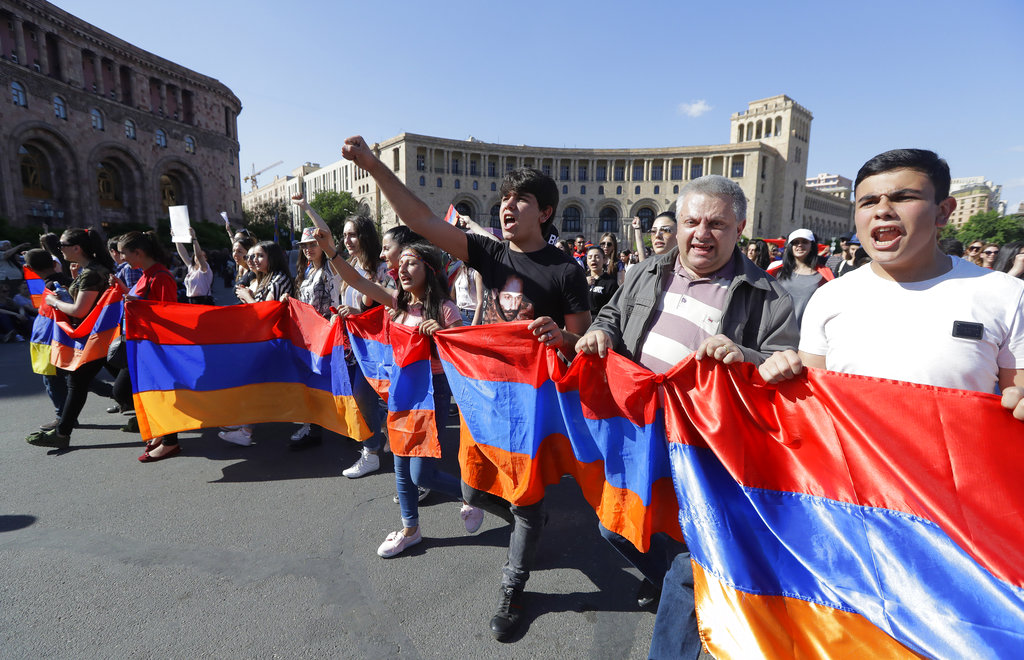I’ve lived my college career in three worlds: tinkering around the TommieMedia newsroom, inching toward fluency in Spanish classes, and absorbed in international relations issues. Majoring in communication and journalism and Spanish with a minor in political science, I have been overjoyed to be able to study my three biggest interests. But I’ve recently realized that familiarity with international news is only present in one world: within my insular cadre of international relations nerds.
In fact, this group of students might be the only ones on campus that know much about what is happening around the world. I argue that every student and citizen should stay informed about the world around them.
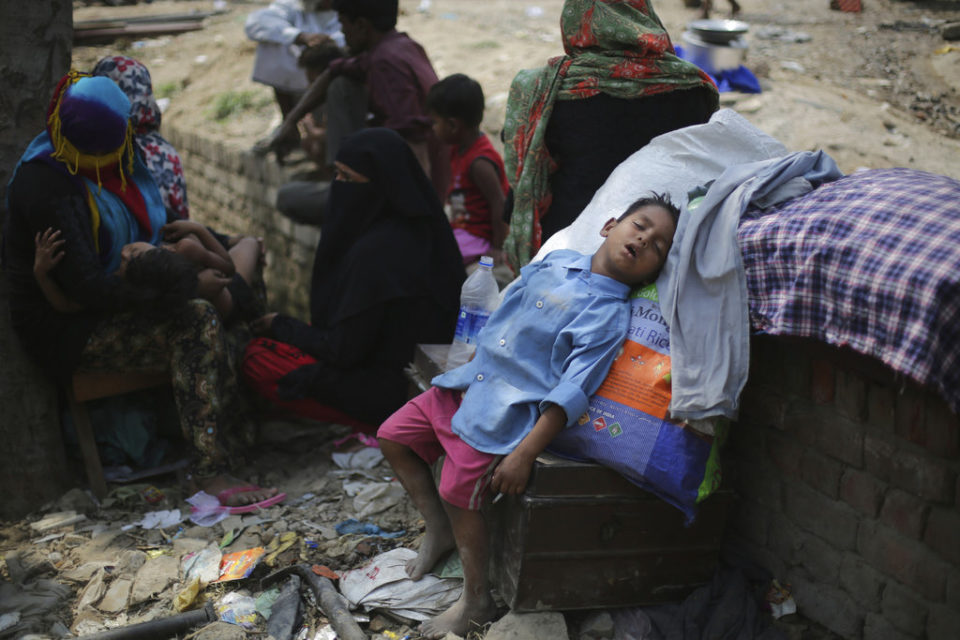
And so much is happening in the world, from Russia to France, Syria to China and Poland to Brazil. Events occur daily that have widespread implications for issues like how a country deals with immigrants, whether a democracy is backsliding into dictatorship, and what kind of role the U.S. should have on the international stage. St. Thomas students can gain something useful from any piece of international news.
Take the case of the horrific treatment of the ethnic Rohingya population of Myanmar; is a genocide taking place under our noses? I’d bet most students on campus have not heard much about this atrocious human rights crisis.
Three political science classmates have written about an international news story they think the St. Thomas should know about. Click to read about:
Armenia’s Popular Movement Brings Political Change
By Annie Rydland, senior, international studies and Spanish major
In the midst of remembering the Armenian Genocide 103 years ago, Armenian citizens have recently taken to the streets to perform acts of “civil disobedience,” encouraged by political opposition leader Nikol Pashinyan. Students skipped school. Bartenders waved the Armenian flag. Chants filled the air in packed plazas. Following eleven days of peaceful protests in the streets of Yerevan, two-term president Serzh Sargsyan resigned his position on April 23 as Prime Minister of Armenia.
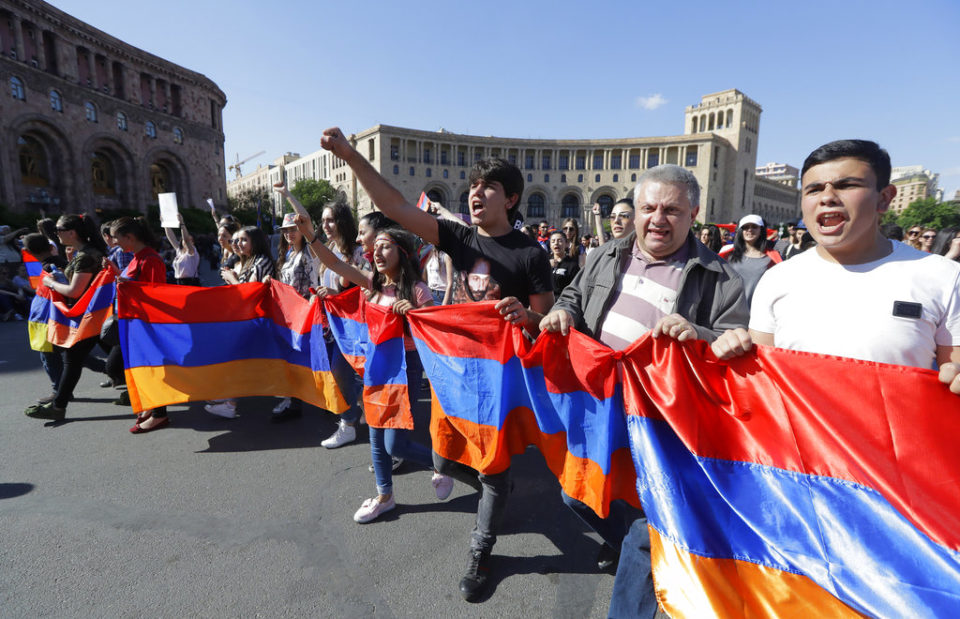
For nearly two weeks, the citizens of Armenia have been demanding change. Pashinyan rallied for “really free” parliamentary elections and for his candidacy as the next prime minister of Armenia. Protests continued after talks between Pashinyan and the acting prime minister seeking a peaceful transition of power failed, were cancelled and rescheduled. The U.S. State Department issued a statement encouraging constitutionally protected peaceful protests and “good faith negotiations.” The ruling Republican Party, called HHK, chose to step aside on April 29 for a “people’s candidate” instead of presenting their own candidate for election. On April 30, Radio Free Europe/Radio Liberty reported that Pashinyan was the only official candidate for the post. This will be the first time since 1999 that the prime minister will not come from the dominant Republican Party.
On May 2, Pashinyan is cautiously welcoming the Republican Party’s pledge to vote for him as the future prime minister on May 8 after Parliament voted 55-to-45 against confirming him as prime minister on May 1. Rallies following the failed vote were attended by as many as 250,000 people.
The events in Armenia have been heralded as another Velvet Revolution due to their nonviolent nature. The over two weeks of protests were attended by students, workers, military and more and were reminiscent of protests against rising energy prices in 2015. In former Soviet states such as Armenia, the path to democracy has been historically rocky, but observers are cautiously optimistic. How revolutionary will this revolution be?
More information as the events unfold can be found here and here.
Venezuela: The Forgotten Crisis Next Door
By Brett Duffek, junior, history and political science major
While many members of the St. Thomas community may have heard about the crisis in Venezuela from scattered news reports, few are likely aware that the country is currently experiencing one of the world’s largest humanitarian disasters. Following nearly 20 years of what former Venezuelan President Hugo Chavez referred to as “Socialism of the 21st Century,” the fall in oil prices combined with mismanagement has made the generous social welfare system established by Chavez untenable.
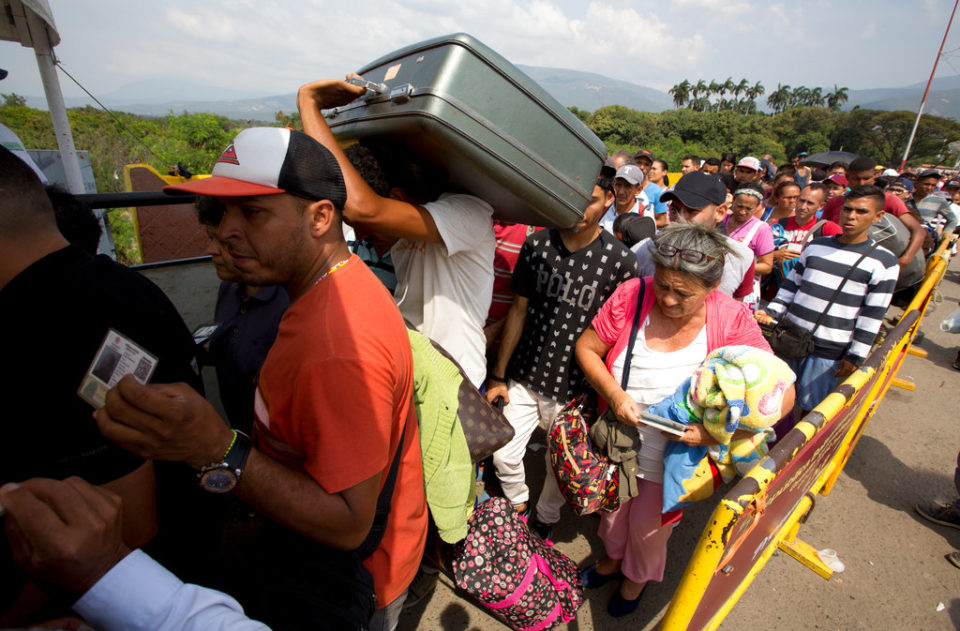
Current president Nicolas Maduro has cut back many of the social programs but has largely diverted the savings to the military and Cuban mercenaries while cracking down on the opposition, effectively turning Venezuela into a dictatorship. When protests broke out in 2017, Maduro responded with a brutal campaign of repression, killing hundreds of Venezuelans and driving tens of thousands into neighboring countries.
The economy has also collapsed to the point where this year it was estimated that the average Venezuelan has lost nearly 20 pounds as a result of malnutrition and over 80 percent of the population lives in poverty. While the Syrian refugee crisis has receive substantial news coverage, Venezuela has the potential to be an even larger disaster, and the United States is set to be impacted.
For those in our community who are concerned about the rights of refugees, the plight of the thousands of Venezuelans fleeing their home should command attention. Likewise, for those concerned about securing our southern border, it is important to remember that if South American countries lack the resources to support the Venezuelans, they will inevitably seek to travel to the United States.
So you thought this was over?
By Valerie Brukhis, senior, international studies and political science major
In 2013, Ukraine was thrust into the forefront of international headlines. Images of the Euromaidan Revolution, a student-instigated mass protest totaling hundreds of thousands, looked like fire and Molotov cocktails, sounded like the national anthem cried in unison and felt like frostbitten hands in the Maidan Square. A year later in 2014, panicked politicians discussed the annexation of Crimea by Russia. Images of parliamentarians held at gunpoint were distributed across newsletters, coupled with images of “little green army men” invading an entire region in the span of 24 hours.
These events were a painful blow to the country economically and militarily. Yet Ukrainian resistance shocked the international community.
With the country’s former corrupt president replaced with a seemingly patriotic reformer, plans for closer economic ties with Russia halted, substantial aid packages provided by the international community, and important national reforms such as a new police force and online declarations of government assets (e-declarations), the general public assumes Ukraine has healed.
Thus, as quickly as Ukraine entered into the Western news cycle, it went.
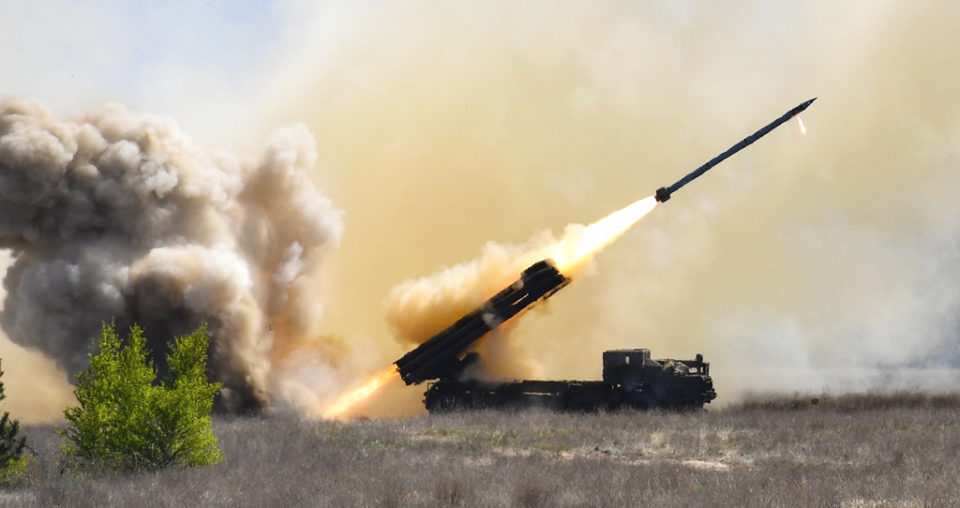
The reality is that Ukraine’s war is not over. Arguably it’s more devastating now than it was amid the havoc and drama of the past few years.
Despite several negotiated cease-fires, Eastern Ukraine is being fought over every day, leaving several dead each week; the death toll has breached 10,000. The number of internally displaced persons is around 1.5 million as families flee landmines and regular shellings. “Dissidents” in annexed Crimea are jailed with no heed for the rule of law and families are separated and people are left without critical resources like access to healthcare or even basic supplies.
In response, Ukraine has recently suspended its previous defensive mission, the Anti-Terror Operation, in favor of a more comprehensive campaign, the Joint Forces Operation. In a significant policy shift, the U.S. has begun to sell lethal weapons to Ukraine; it’s predicted that other allies will follow. Ukraine is actively at war with Russia. Its shift in its military campaign indicates a level of seriousness, continuity and devastation not reflected in the media.
The Russian trademark is in frozen conflict; that is, getting past the drama of war and bleeding out a country’s spirit, economy and defense sector slowly, quietly and unnoticed. Our job as civilians is to say “no” to the simplicity of a quick solution. In this case, time does not heal all. Ukraine is at war and requires immediate attention.
Sophie Carson can be reached at sophia.carson@stthomas.edu.

